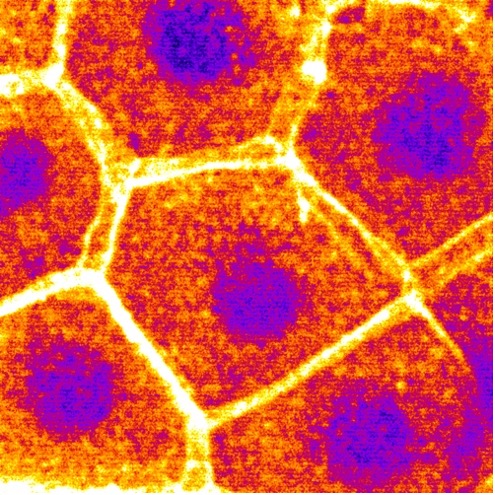Allergen molecules in allergic skin disease: From pathomechanisms to diagnosis and treatment

Atopic dermatitis (AD) is one of the most prevalent chronic inflammatory skin conditions. In most patients, AD is linked to IgE sensitization to various allergens with classical IgE-associated symptomsthat are based on immediate-type allergic inflammation due to mast cell and basophil activation by IgE-allergen immune complexes. However, AD also resembles features of Type IV hypersensitivity reactions, which are associated with T cell activation. As a result, AD symptoms can be triggered not only through IgE-dependent mechanisms but also by IgE-independent mechanisms. Nevertheless, the precise underlying mechanisms responsible for AD are not entirely clear, especially regarding the molecular and cellular interactions of immune cells within their natural cutaneous environment.
This research project aims to identify the role of immune cells and unexplored immune activation pathways in the development of chronic inflammatory skin diseases. The focus lies on investigating immune cell infiltration, gene expression, behavior, and phenotype in atopic dermatitis (AD) upon allergen exposure of the skin. The goal is to determine if patient stratification could be improved by considering differential immune cell responses to allergens. To achieve this, two independent approaches are being pursued:
- Investigating skin responses to air-borne allergens in sensitized and non-sensitized AD patients and non-sensitized healthy individuals using single-cell RNA sequencing and functional in vitro assays.
- Utilizing a mouse model to mimic the penetration of contact allergens into the skin, enabling the monitoring of immune cell responses in living tissue using intravital multiphoton microscopy.
People involved in the projects: Wolfgang Weninger (Principal Investigator), Karin Pfisterer (Project Coordinator), Parvaneh Balsini, David Samardžić, Pauline Weinzettl, Bahareh Horr, Dörte Symmank, Lisa Shaw
